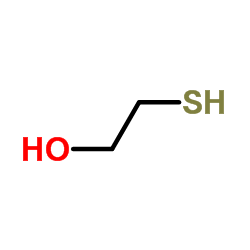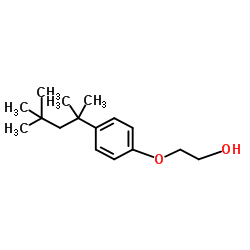| 结构式 | 名称/CAS号 | 全部文献 |
|---|---|---|
 |
硼氢化钠
CAS:16940-66-2 |
|
 |
氨水
CAS:1336-21-6 |
|
 |
二甲基亚砜
CAS:67-68-5 |
|
 |
巯基乙醇
CAS:60-24-2 |
|
![EMA[单叠氮化溴乙非啶] 结构式](https://image.chemsrc.com/caspic/076/58880-05-0.png) |
EMA[单叠氮化溴乙非啶]
CAS:58880-05-0 |
|
 |
4-叔辛基苯酚单氧化物
CAS:2315-67-5 |